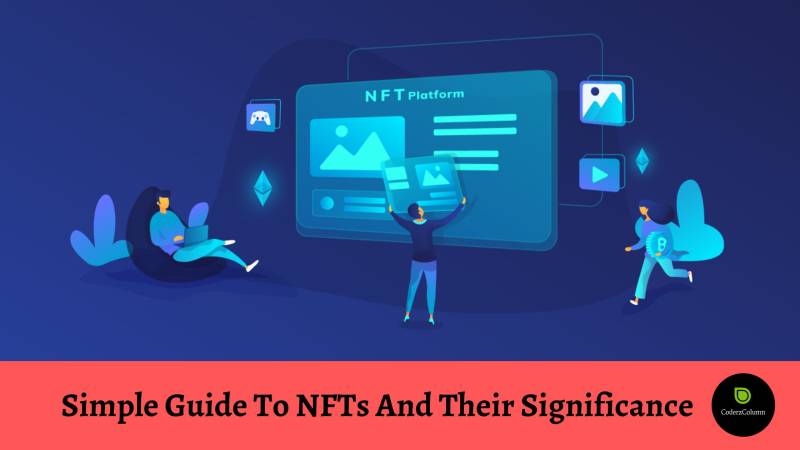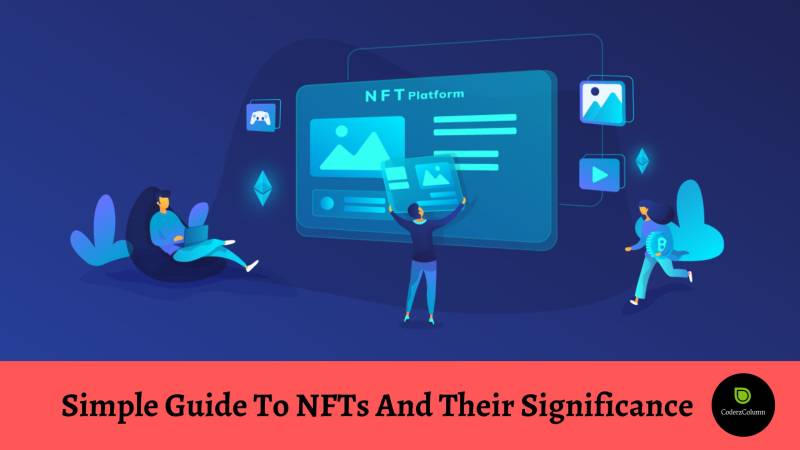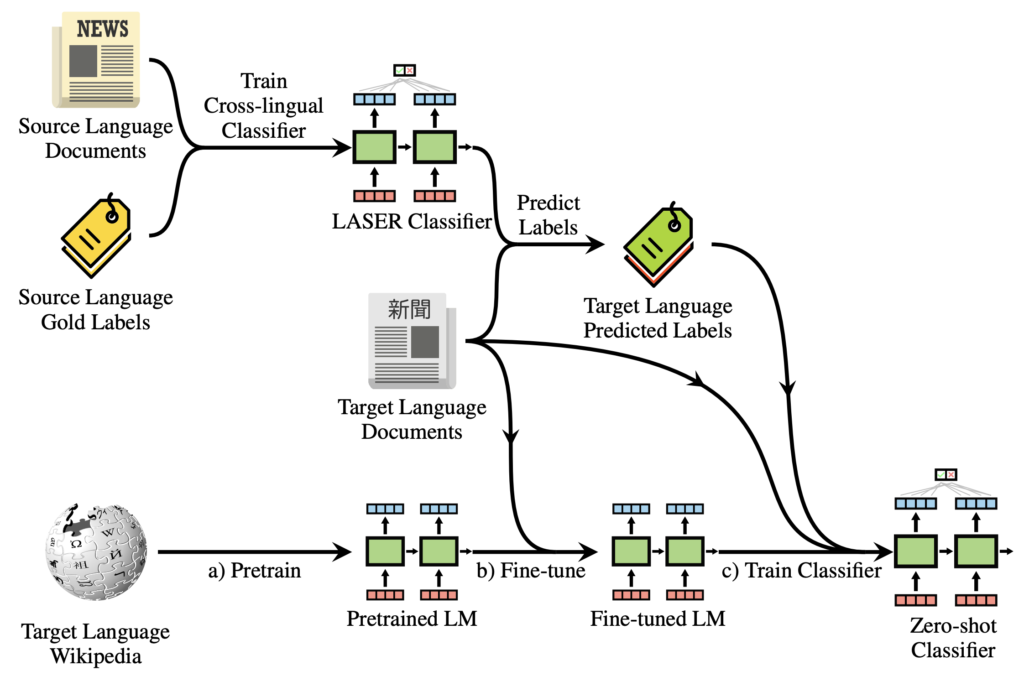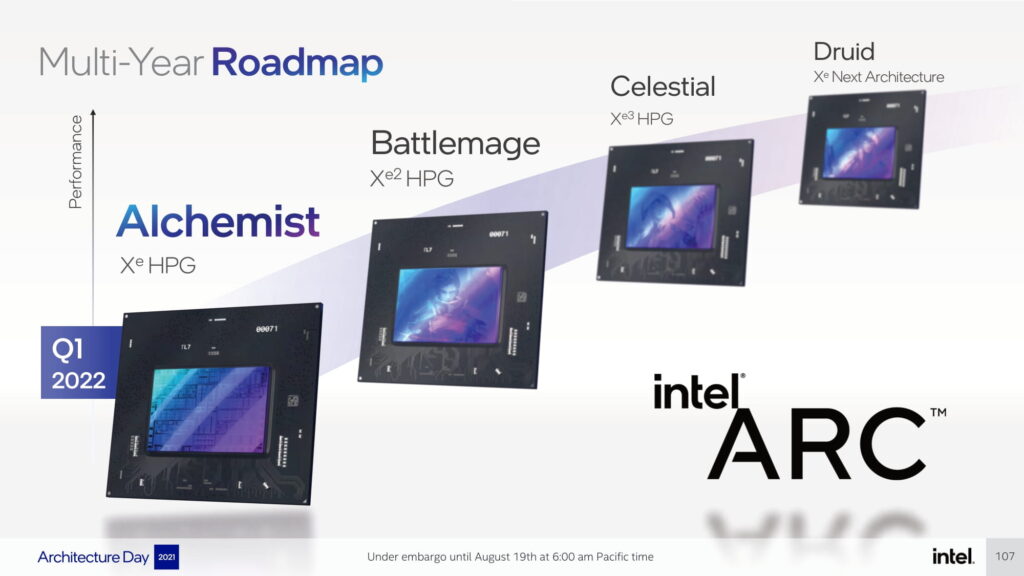
Following the rise of Bitcoin and Blockchain, NFT has emerged as a prominent term in our vocabulary. The ubiquitous buzz surrounding NFT prompts curiosity about its definition and utility. However, encapsulating its essence into a single sentence proves elusive. Hence, we present an extensive exploration of NFTs, delving into their nature, purpose, particularly in the realm of digital art, and beyond. Let’s embark on a journey to unravel the intricacies of Non-fungible Tokens (NFTs).
Decoding NFTs: A Comprehensive Overview (2021)
Below, we address common queries surrounding NFTs, providing a navigational aid for readers seeking specific information within this discourse.
NFTs Demystified: Understanding Their Role in Cryptocurrency
Firstly, let’s define NFT: Non-fungible Token. Fungible means interchangeable. For instance, you can swap a $10 note for another $10 note or two $5 notes, maintaining the same value. Money is fungible; its value doesn’t diminish upon exchange.
Non-fungible means something can’t be exchanged with a similar item of similar value. For instance, replacing the Mona Lisa painting in Louvre, Paris with another printout of the same image wouldn’t yield the same value. The Mona Lisa painting is a non-fungible item.
Uniqueness is paramount. A non-fungible item is unique and authentic, possessing value for its authenticity. Now, onto tokens. A token is a 40-digit string containing the original artist’s information, the current owner (limited to one), and the item’s current price. This data is secured by Blockchain technology, immune to alteration thanks to its decentralized system.
Combining three words, NFT refers to an incorruptible token containing ownership information about a unique and authentic item. NFT essentially acts as a certificate of ownership or authenticity. This serves as the fundamental definition of NFTs. However, for a comprehensive understanding of NFTs, it’s essential to delve into its application within digital art, as elucidated in the following section.
The Role of NFT in Digital Art
Many wonder about the utility of NFTs in digital art and why the buzz surrounds them. NFTs serve as a seal of authenticity, verifying digital artworks online where authenticity can be easily compromised. In today’s digital realm, original creators often remain elusive, making it challenging to identify true ownership. NFTs bridge this gap, modernizing art collection by digitizing the process.
Source: CryptoPunks / Larvalabs.com
NFT offers digital creators a way to share their work publicly without needing to prove ownership or authenticity. Digital artists can create NFTs for their original work and auction them, preserving information about the creator, owner, and value. Notably, with each sale, a portion of the value transfers to the original creator, making NFTs an attractive avenue for earning money from digital art.
Consider Christie’s, the renowned British auction house, which recently auctioned a digital art piece as an NFT. Titled “Everydays – The First 5000 Days” and created by Mike Winkelmann, also known as Beeple, the piece fetched $69 million. The buyer received a 319MB digital JPEG image file alongside the NFT token containing ownership information.
NFT isn’t limited to paintings anymore; it’s now used to buy various digital collectibles. For instance, Jack Dorsey auctioned his first tweet, valued at $2.5 million. Kings of Leon are releasing their new music album as an NFT. Even the Nyan Cat GIF fetched $587,000 through NFT. Numerous new NFT marketplaces like OpenSea and CryptoPunks have emerged, catering to this growing niche in the crypto world.
Blockchain’s Connection to NFT
Above, I’ve explained that Blockchain technology forms the foundation of NFTs. Blockchain is known for its foolproof nature and widespread use in managing various cryptocurrencies. Every NFT transaction is recorded on a public ledger, ensuring transparency. Additionally, this technology establishes a traceable chain back to the original creator.
It’s important to note that NFTs can only be purchased with cryptocurrency, particularly Ethereum. Currently, Ethereum dominates the market for issuing and managing NFTs due to its early adoption. However, some platforms also accept Bitcoin for transactions.
A Brief History of NFTs
Now that we’ve explored NFT in depth, let’s delve into its origins. Ethereum pioneered this initiative with their ERC-721 blockchain system in 2015. Subsequently, they introduced ERC-1155, advancing the technology ahead of Bitcoin and Flow.
In 2017, Ethereum revolutionized NFTs with CryptoKitties, a blockchain game allowing players to purchase, collect, breed, and sell virtual cats using Ether. The highest-selling cat fetched $117,712, a staggering sum. Following this success, Ethereum integrated NFTs into its cryptocurrency, cementing its position as a market leader.
Looking at the numbers, in 2018, NFTs held a market share of $50 million, soaring to $150 million in 2019, and reaching a staggering $338 million in 2020. With the current boom, predicting the market’s future trajectory is uncertain.
Disadvantages of NFTs
Despite the discussed advantages, significant drawbacks exist when considering investment in digital collectibles through NFTs. Primarily, the substantial energy consumption required for generation and maintenance renders it ecologically unsustainable. Unlike cryptocurrency, non-fungible tokens operate on a proof-of-work blockchain, which is notably energy-inefficient. Additionally, anticipate further escalation in GPU prices due to intensified mining activities.
Critics caution that NFTs may be a bubble, with buyers risking a crash over high-priced strange GIFs or rare video clips. Paintings and collectibles hold value not just for their artistry, but for an established audience seeking exclusivity.
Buying digital art isn’t driven by appreciation for art, but by speculation to profit from resale. Unlike physical art, the digital realm lacks scarcity, suggesting prices may drop post-bubble.
Acquiring NFTs
Buying an NFT is simple: head to any NFT marketplace and make a purchase. However, before your first NFT purchase, consider a few key points.
First, ensure you have a crypto wallet supporting NFTs. Second, choose your marketplace and the required cryptocurrency. While Ethereum (ETH) dominates, some markets accept alternative currencies. Have enough currency for your desired piece of digital art.
Explore NFT platforms like OpenSea, Rarible, Mintable, Nifty Gateway (where Grimes sold her video), and more.
Selling NFTs
If you own digital art or any content for NFT sale, you can sell it on NFT marketplaces. The process involves uploading your work, providing creation details, and setting a price.
Your NFT can then be purchased by interested buyers. Upon sale, you receive payment, though some platforms impose hosting and selling fees. Be sure to review the marketplace terms carefully before selecting where to sell.
Creating NFTs
Making NFTs is straightforward once you’ve set up your wallet. The challenge lies in the subsequent steps. You’ll require a compatible wallet like MetaMask.
Once your wallet’s ready, link it to your chosen platform (e.g., OpenSea, Rarible). Then, upload your digital art, set a price, and begin the auction.
However, complications arise. For instance, on Rarible, there’s a listing fee. Additionally, you’ll need to pay for converting your art into an NFT. Upon selling your NFT, Rarible deducts a commission and covers the cryptocurrency transfer fees.
Making a non-fungible token (NFT) art is straightforward, but selling it requires effort. Ensure you have enough time before starting, and avoid setting your asking price too low, as you might lose money.
Frequently Asked Questions (FAQs)
Is Ethereum an NFT?
No, Ethereum hosts NFTs but is not an NFT itself. It’s a blockchain and cryptocurrency you can use to purchase NFTs.
Where can I sell NFTs?
Several NFT marketplaces exist, such as OpenSea, Rarible, and Atomic Market, where you can sell your NFT.
Verdict: Where is NFT Heading?
Here’s our concise guide to NFTs and their significance in digital art and collectibles. While NFTs offer a novel means of verifying authenticity, the current frenzy surrounding high-priced digital ownership seems misguided.
This technology holds immense potential for the music industry and creative fields, promising to streamline transactions and empower artists to connect directly with consumers. We welcome your thoughts on NFTs in the comments below.

Pritam Chopra is a seasoned IT professional and a passionate blogger hailing from the dynamic realm of technology. With an insatiable curiosity for all things tech-related, Pritam has dedicated himself to exploring and unraveling the intricacies of the digital world.



